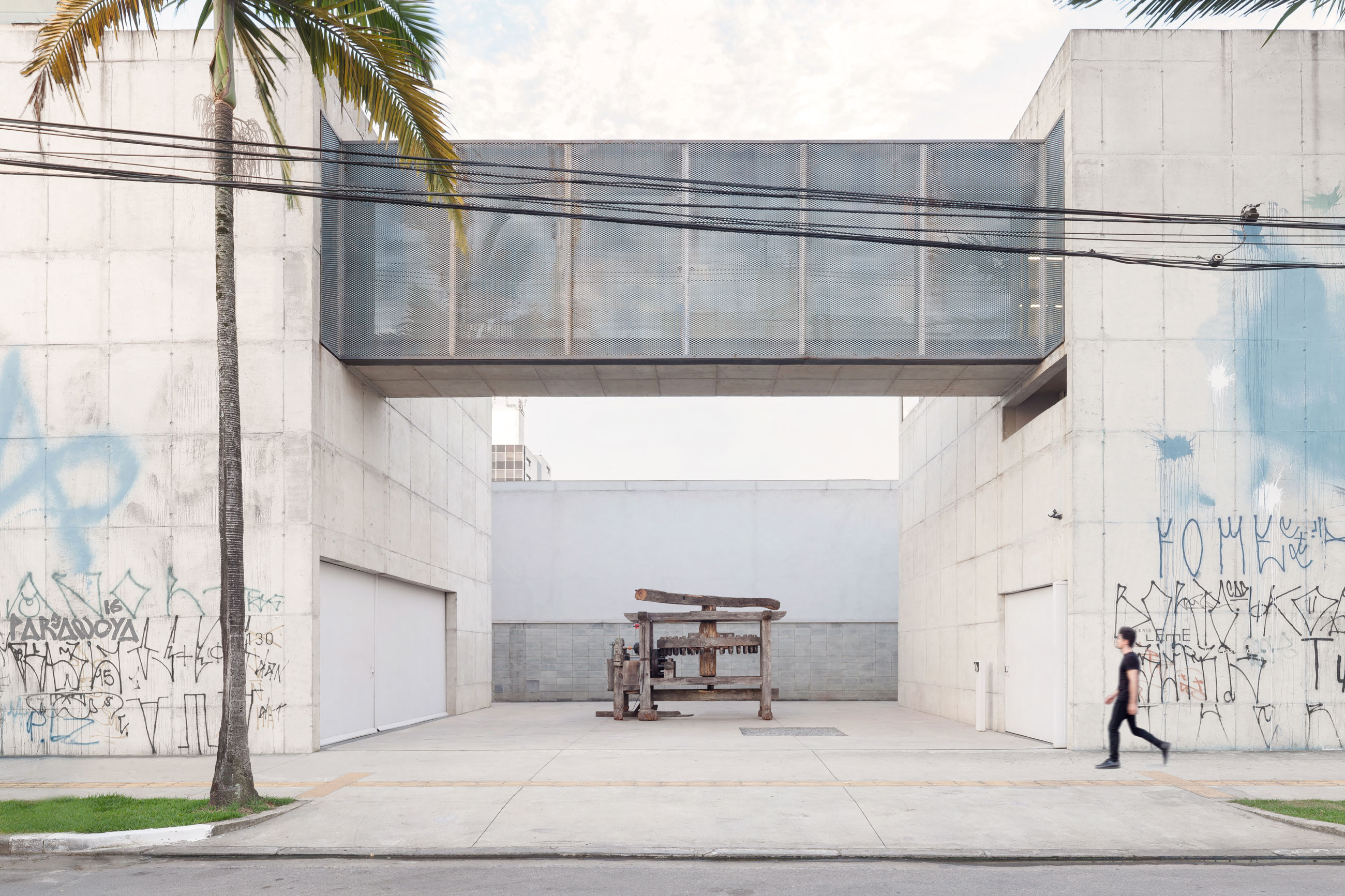Phantom Matrix
in SITU
In The Phantom Matrix Beto Shwafaty revisited the colonial history of the gallery’s neighborhood where São Paulo’s first sugarcane mill was assembled in the seventeenth century. These mechanisms (used to grind sugarcane and initially moved by human or animal traction) were a central symbol of the colonial ‘industry’ in Brazil.
The sugarcane plantation disseminated a model for land tenure and usage in which large portions of land were given to few individuals. More than a strategic farming-system, it was a scheme of socio-spatial domination that provided the plantation owners full sovereignty over the domestic, social, political and economic spheres within their lands. Such authority prevented the formation of intermediate classes that were not directly linked to these owners nor their agricultural production, and consolidated a vast underprivileged social base in Brazil. These among other dynamics produced a relationship between power, land ownership and socio-spatial hierarchies which precedes what would be the structuring model of the Brazilian territory and society over the past centuries.
Shwafaty occupied the gallery’s courtyard with an original sugarcane mill. First, the mill was exhibited with its mechanisms rolling in a constant movement powered by an electric motor that the artist juxtaposed to the piece. After, the mill was dismantled and its components were reorganized on the spot. Finally, the pieces were removed, leaving their traces on the ground, which coexisted with a soundscape mixing clamors of the absent mill and those of construction-sites in the city. The work was on view until the traces naturally vanished from the courtyard. The dismantling, vanishing and ghostly presence of this colonial mechanism echoes the same obliteration processes and haunting permanence of Brazil’s colonial legacy and its inherited socio-spatial structures and intergenerational traumas.
SITU #4
The Phantom Matrix (Old Structures, New Glories)
by Beto Shwafaty (1977, Brazil)
Sugarcane mill, electric motor, loudspeaker and audio
variable dimensions
02.04 – 25.06.2016
Galeria Leme, São Paulo, Brazil
Photos by Filipe Berndt, courtesy of the artist and Galeria Leme








